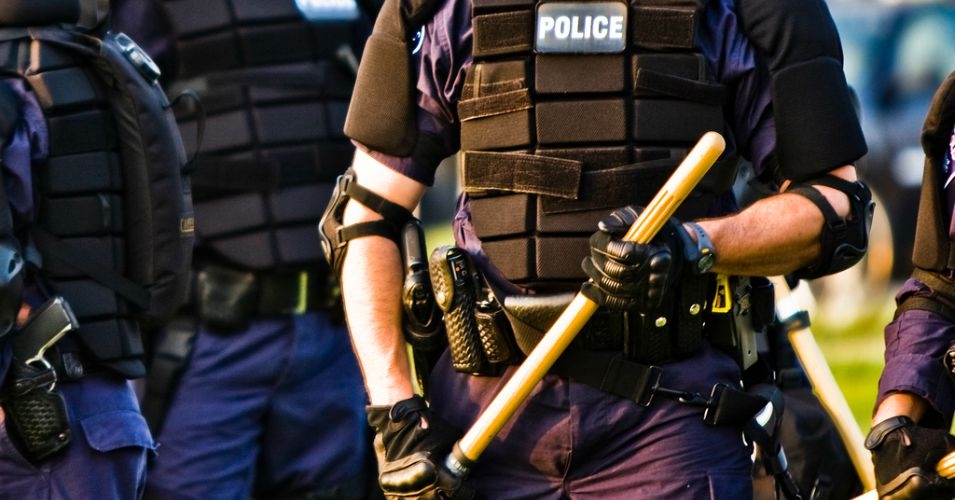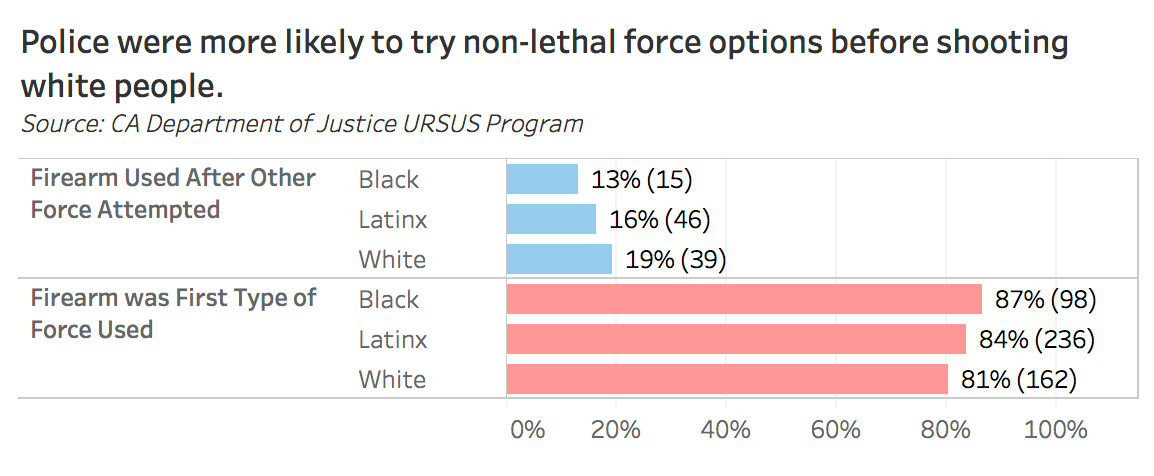

By Crescenzo Vellucci
Vanguard Sacramento Bureau
SACRAMENTO – In a just-released “California Police Scoreboard” – said to be the first-ever evaluation police violence and accountability of the state’s 100 largest cities – the results are maybe not totally surprising, but still shocking.
See the full scorecard at: https://policescorecard.org/
Covering only the 2016-17 time period, the scorecard assessed “each police department’s outcomes from police use of force to how they respond to reports of misconduct to the types of issues they prioritize for enforcement (and more),” according to the study. A letter grade was given to each city.
The city of Sacramento – the cities of Davis and Woodland were not included – garnered a score of 44 percent, or an “F,” ranking 66th worst of the 100 largest cities.
But Sacramento isn’t alone. Most cities received a score lower than 60 percent, or an “F.” Beverly Hills Police received the lowest/worst score (20)
All in all, the scoreboard summary is specific and comprehensive, revealing “a disturbing picture of policing within the state,” reflecting “high levels of police violence, severe racial inequities in law enforcement and a system that almost never holds officers accountable for misconduct,” the report concluded.
Produced by “Campaign Zero,” which collected data from research literature, the state Dept of Justice, public records act requests and cities and police departments, the data includes how police departments “interact” with  communities and is designed to “help communities, police leaders and policy-makers to reduce police use of force,” according to Campaign Zero.
communities and is designed to “help communities, police leaders and policy-makers to reduce police use of force,” according to Campaign Zero.
The campaign said it chose California for the first state to evaluate because there’s been an “unprecedented” amount of data collected already and “because police violence is particularly severe in California compared to other states.”
Key findings statewide include, per the study:
- Police killed 328 people and seriously injured another 824 people in 2016 and 2017. Half of those people were unarmed.
- Only 1 in every 14 civilian complaints of police misconduct was ruled in favor of civilians in 2016-2017. Only 1 in 64 complaints of racial discrimination and only 1 in 78 complaints of use of force were upheld.
- California police were more likely to shoot a Black or Latinx person when making an arrest and less likely to attempt to use lower levels of force before escalating to deadly force against them.
- Departments that adopted a policy requiring de-escalation had fewer police shootings by 2018. For example, San Francisco police adopted new use of force policies in December 2016 requiring officers to use de-escalation when possible and prohibiting the use of deadly force when non-lethal alternatives could be used instead. Since then, police shootings have dropped 40% from their average rate during the 2013-2015 period.
The report specifically notes, “There’s evidence of police racial bias in California, especially against Black people. Statewide, Black people were arrested for misdemeanor offenses at 2.2x higher rate per population than white people. 89 of California’s 100 largest city police departments arrested Black people for drug possession at higher rates than Whites, despite research showing similar rates of drug use and selling between the group.”
The scorecard – in one of the most damning statements in this all-encompassing report – found that California police were 32 percent more likely to fire their weapons when arresting a Black person, and 20 percent more likely when arresting a Latinx person, as compared to Whites.
And, police were 23 percent more likely to kill or seriously injure a Black person, and 20 percent more likely to kill or seriously wound a Latinx suspect.
Although it appears it doesn’t matter whether an unarmed suspect is White, Black or Latinx – the Sacramento Police kill about half of them.
SACRAMENTO POLICE DEPT SCORE: 40 or F.
The study results for 2016-17 – long before the 2018 Stephon Clark shooting death – noted there were 14 deadly force incidents in Sacramento, and that Black folks were 2.6 times more likely and a Latinx person .7 times more likely to have deadly force used on them than a White person.
Also, of the 525 civilian complaints of police misconduct, only one in every 12 were ruled in favor of civilians. And, in Sacramento, there were 16,536 arrests during the period, about 3.3 times as many arrests for low level offenses as for violent crimes.
Sacramento Police had an overall “F” for police violence, listing 208 use of force arrests (batons, strangleholds, tasers and other weapons), which was more than 58 percent of other cities. Sacramento Police used deadly force 14 times, resulting in six deaths and eight injuries – more than 65 percent of the other cities polled.
Sacramento Police failed to attempt non-lethal force before shooting 83 percent of the time, even though in 25 percent of the cases where police said they believed there was a gun, there was no gun. Blacks were arrested and killed or seriously injured about three times their percentage of the population.
Sacramento received an F grade in Police Accountability, with 525 complaints and only seven percent ruled in favor of civilians – in use of force complaints there were 23 reported and just nine percent ruled in favor of civilians. And of 10 reported complaints of police discrimination, none were upheld.
According to the report, “Policies Making It Harder to Hold Police Accountable” in Sacramento included disqualification of complaints, resisting and delaying interrogations, officers are given unfair access to information, oversight and discipline are limited, officers get paid for misconduct and misconduct records are erased.



Who would have guessed Beverly Hills would be last? We know Sac is bad both SPD and Sac Sheriff. But wow.
Now, watching “Beverly Hills Cop” movies will be different… a different lens…
The source(s) of the study, methodology is not ‘transparent’, following the links… definitely does not appear scholarly/peer reviewed, and some indications of inherent/implied bias… but even a stopped clock is right twice a day…
A new word… Latinx… got it.